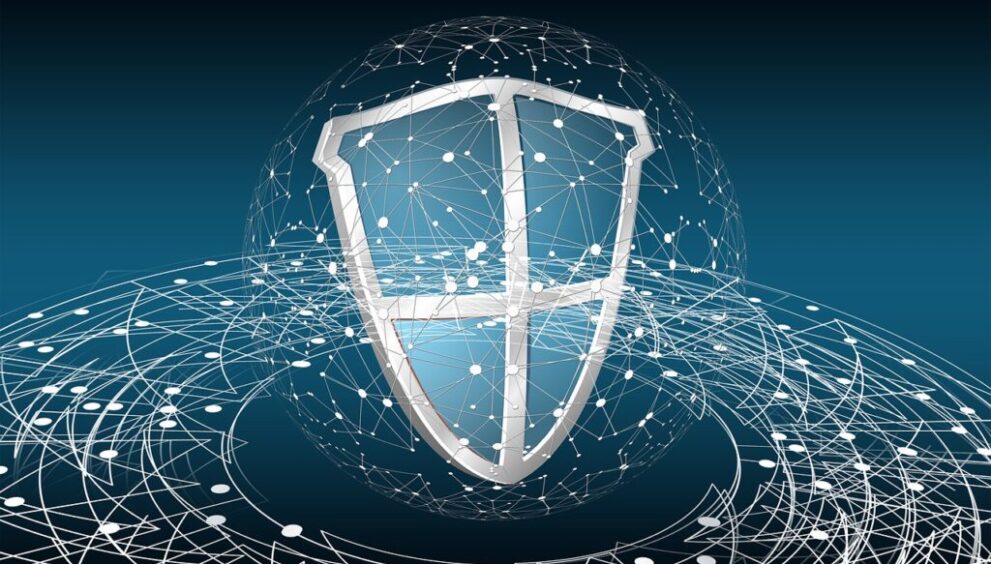Demystifying the CISM Exam: Structure, Content, and Passing Tips

The Certified Information Security Manager (CISM) certification is widely recognized as a prestigious credential in the field of information security management. Administered by ISACA (Information Systems Audit and Control Association), the CISM exam validates an individual’s expertise in managing, designing, and assessing an enterprise’s information security program. If you’re considering taking the CISM exam, it’s essential to understand its structure, and content, and gain valuable passing tips. In this article, we will demystify the CISM exam and provide you with the insights you need to succeed.
Exam Structure
The CISM Certification exam is a four-hour, multiple-choice exam consisting of 150 questions. These questions are divided into four domains, each focusing on a specific aspect of information security management. The domains are as follows:
1. Information Security Governance
This domain assesses your understanding of establishing and maintaining an information security governance framework and supporting processes. It covers topics such as defining and managing information security strategies, aligning information security with business goals, and establishing information risk management processes.
2. Information Risk Management
This domain tests your knowledge of identifying and managing information security risks to achieve business objectives. It includes topics such as risk assessment methodologies, risk mitigation strategies, and the integration of risk management into the organization’s processes and activities.
3. Information Security Program Development and Management
This domain focuses on the development, implementation, and management of the information security program. It covers areas such as defining and managing the information security program, managing information security resources, and establishing and managing information security incident management processes.
4. Information Security Incident Management
This domain evaluates your ability to establish and manage the capability to respond and recover from information security incidents. It includes topics such as incident response planning, incident detection, and response, and post-incident activities, including lessons learned and improvements.
Exam Content
To succeed in the exam, it’s crucial to have proper CISM certification training and an understanding of the key concepts and knowledge areas within each domain. The exam questions are designed to assess your ability to apply this knowledge in real-world scenarios. While it’s essential to study the official CISM Review Manual and other recommended resources, here are a few specific topics to focus on:
1. Information Security Governance
– Information security governance frameworks (e.g., COBIT)
– Roles and responsibilities of information security governance stakeholders
– Legal, regulatory, and ethical considerations
– Business case development and management
2. Information Risk Management
– Risk assessment methodologies (qualitative and quantitative)
– Risk response options and strategies (accept, avoid, transfer, mitigate)
– Business impact analysis and business continuity planning
– Vendor risk management and third-party assurance
3. Information Security Program Development and Management
– Security program development and implementation
– Information security policies, standards, and procedures
– Security awareness, training, and education programs
– Security metrics and reporting
4. Information Security Incident Management
– Incident response planning and execution
– Incident detection and classification
– Evidence collection and handling
– Incident communication and reporting
Passing Tips:
To increase your chances of passing the CISM exam, consider the following tips:
1. Study Strategically
Create a study plan that covers all the domains and allocates sufficient time to each. Focus on understanding the concepts and how they apply to real-world scenarios. Use a variety of study materials, such as the official CISM Review Manual, practice exams, and online resources.
2. Practice with Sample Exams
Take advantage of practice exams to familiarize yourself with the exam format, time management, and question styles. Practice exams can help you identify your strengths and weaknesses, allowing you to focus on areas that require more attention.
3. Join Study Groups or Forums
Engaging with fellow CISM aspirants through study groups or online forums can be beneficial. Discussions and knowledge sharing can provide different perspectives, clarify doubts, and enhance your understanding of the exam content. Additionally, hearing about others’ experiences and strategies can boost your confidence and motivation.
4. Understand the Question Structure
When taking the exam, carefully read each question and understand what is being asked. Pay attention to keywords, such as “not,” “best,” or “least likely,” as they can significantly impact the answer. Eliminate obviously incorrect options and select the most appropriate one based on your knowledge and understanding.
5. Time Management
Time management is crucial in the CISM exam. Pace yourself throughout the four-hour duration, ensuring that you have enough time to answer all the questions. If you come across a difficult question, mark it and continue. Answer the easier questions first and come back to the marked ones later. This approach allows you to maximize your score without wasting time on challenging items.
6. Don’t Overlook the Basics
While preparing for the exam, don’t neglect the fundamentals of information security management. Ensure you have a strong foundation in concepts such as confidentiality, integrity, and availability (CIA), risk management principles, and industry best practices. These foundational knowledge areas form the backbone of the CISM exam content.
7. Review and Revise
Before the exam day, allocate time for review and revision. Examine your study materials, notes, and practice tests. Concentrate on areas where you are unsure and reaffirm your comprehension. Reviewing key concepts and practicing with sample questions can boost your confidence and solidify your knowledge.
8. Stay Calm and Confident
On the day of the exam, try to stay calm and maintain a positive mindset. Confidence is critical to your performance. Trust in your preparation, believe in your abilities, and approach the exam with a clear and focused mindset. Remember, you have put in the effort and are well-prepared for this moment.
Conclusion
Demystifying the CISM exam requires a comprehensive understanding of its structure, content, and effective strategies. By familiarizing yourself with the domains, and focusing on key topics, Sprintzeal provides you with passing tips, you can increase your chances of success. Remember, the CISM certification not only validates your knowledge and skills but also opens doors to exciting career opportunities in the field of information security management. Embrace the challenge, stay determined, and let your expertise shine through as you embark on your CISM certification journey.


























































































































































































































































































































































































































































































































































































































































![Fixing [pii_email_aa0fea1a78a192ae7d0f] Microsoft Outlook Error](https://www.huffenpost.com/wp-content/uploads/2023/03/What-Causes-the.jpg)
![Fixing [pii_email_aa0fea1a78a192ae7d0f] Microsoft Outlook Error](https://www.huffenpost.com/wp-content/uploads/2023/03/How-to-fix-the-1-1024x1024.webp)
![Quick fixes for the [pii_email_dbd9dd084703ead3b9cf] Mail Error](https://www.huffenpost.com/wp-content/uploads/2023/03/How-to-Avoid-pii_email_b6b14f95f44a83737071-Outlook-Error-1024x576.jpg)
![How to fix the [pii_email_bbf95bff57a974a71da8] in Microsoft Outlook?](https://www.huffenpost.com/wp-content/uploads/2023/03/How-To-Solve-The-pii_email_9e750e335dfd9d75badb-Outlook-Error.webp)
![How to solve the [pii_email_b6b14f95f44a83737071] Outlook Error](https://www.huffenpost.com/wp-content/uploads/2023/03/How-to-Avoid-pii_email_b6b14f95f44a83737071-Outlook-Error.png)
![Ways to fix the "[pii_email_1fb861393abed78ab415] Error](https://www.huffenpost.com/wp-content/uploads/2023/03/pii_pn_56e685559f213991c933-Error-Causes-and-Solutions2.jpg)
![How to Fix the [pii_email_e2f55b4aa7bb667da6d9] Error](https://www.huffenpost.com/wp-content/uploads/2023/03/How-to-fix-the.webp)
![What Everyone Should Know About [pii_email_59ea919492dfc2762030]](https://www.huffenpost.com/wp-content/uploads/2023/03/pii_email_aa0fea1a78a192ae7d0f-Email-Error-and-Its-Solutions-1024x683.jpg)
![How to Fix the [pii_pn_5359771d15a46e7b88bf] Outlook Email Error](https://www.huffenpost.com/wp-content/uploads/2023/03/pii_email_57a4a2f20ec6813a8481-SMTP-Error-Solution-2.jpg)

























































































